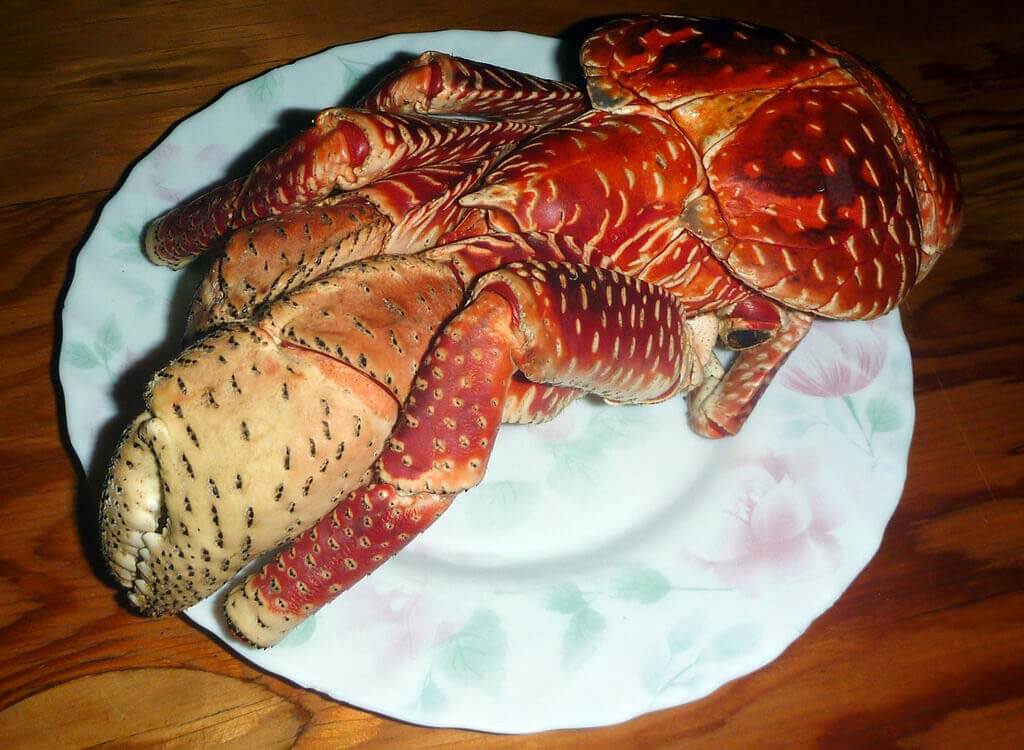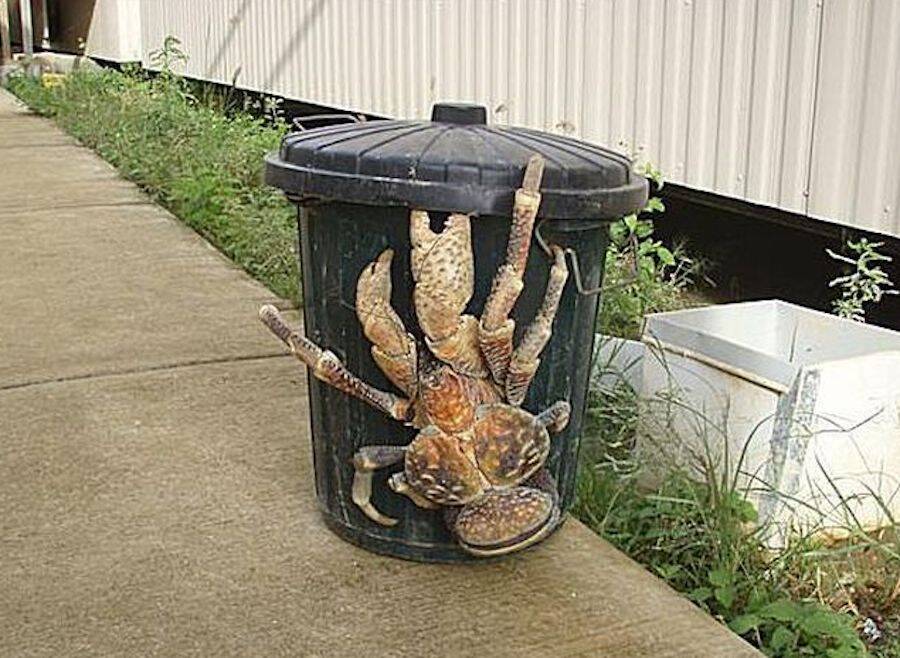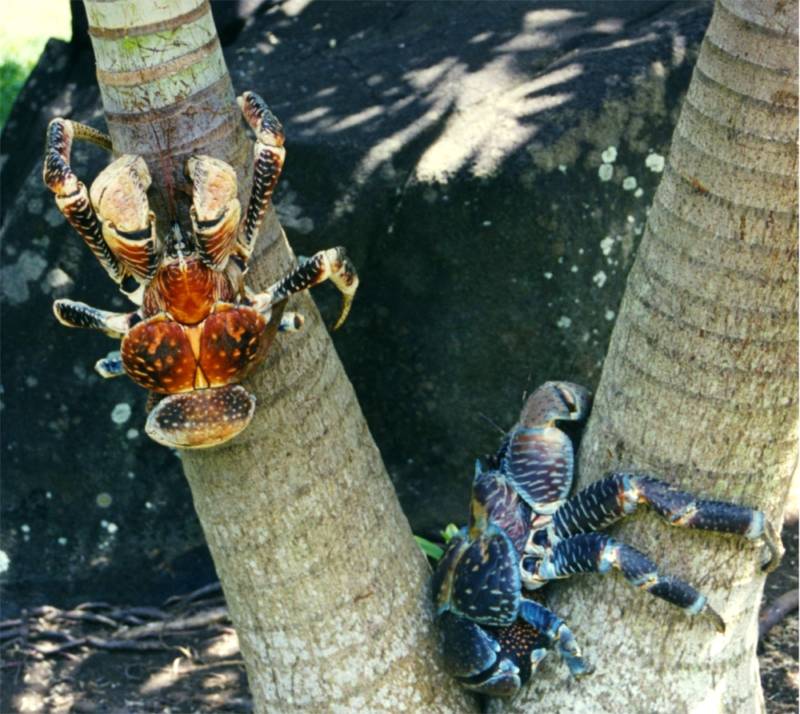The coconut crab is one of the most intriguing culinary delicacies found across the tropical islands of the Indo-Pacific. With its massive size as the largest land-dwelling arthropod on Earth this crab’s meat yields tasty tender morsels that are coveted by locals and tourists alike. But the tantalizing taste of coconut crab remains shrouded in mystery for many outside its native habitat. In this article, we’ll unpack everything there is to know about savoring the delicious flavor of this tropical treat.
An Initial Impression: Sweet, Delicate, and Nutty
For first-timers, the predominant flavors of coconut crab meat are its mild sweetness and delicate, almost vanilla-like flavor. This distinguishes it from other crab varieties and gives it an almost fruity taste profile. Underlying the sweetness are slightly nutty, coconut nuances from the crab’s diet. It lacks an aggressive fishiness and instead has a refined, some say buttery, flavor. The taste is further enhanced by the tender, succulent texture of the flesh. For these reasons, coconut crab is often compared to lobster in its delicacy and sweetness, but with that added tropical essence.
Overall, most describe the taste as a balance of sweet and briny flavors, with a subtle coconut backdrop that makes it unlike any other crab meat in the world Beyond the distinctive flavor, the remarkably large size of coconut crabs translates into a generous yield of delicious meat. This adds to the experience and enjoyment of this rare delicacy
Preparation Matters: Cooking Methods to Maximize Flavor
While the raw meat tastes pleasantly sweet, cooking unleashes even more complex flavors and aromas. Grilling or broiling adds a smoky essence that brings out the natural sweetness through caramelization. The char also pairs nicely with the hint of coconut. Steaming gently cooks the meat while retaining exceptional moisture, succulence, and that delicate texture coconut crab is cherished for.
Stir-frying maintains the flavors of aromatics like garlic, ginger, soy sauce, or local island spices. Baking allows the crab meat to gradually absorb and complement the surrounding seasonings. Curries and coconut milk-based stews incorporate those flavors into the meat for a beautifully blended symphony of tastes. Regardless of preparation, brief cooking preserves the treasured texture. Overcooking causes the meat to become tough and rubbery, diminishing its exceptional flavor.
Regional Island Traditions Showcase Coconut Crab
Across the Indo-Pacific islands where it thrives, coconut crab is culturally significant and features prominently in local cuisines:
-
On the Pacific Islands, it stars in coconut milk stews with taro leaves, chillies, and vegetables. The sweet meat pairs beautifully with the creamy, spiced broth.
-
In the Seychelles, fiery curries and stir-fries bring out the natural sweetness of the crab. Locals adore these traditional dishes.
-
Filipino cuisine favors roasted crab, with the meat basted in a marinade and grilled over coconut husk coals for added flavor.
-
Steaming the crab in bamboo shoot packets is also popular in the Philippines and elsewhere in Southeast Asia.
Through these time-honored dishes, coconut crab expresses the essence of the islands’ bountiful local ingredients from both the land and sea.
A Diet-Derived Taste of the Tropics
Beyond tradition, biology also influences coconut crab’s distinctive flavor. As their name denotes, coconuts are a primary food source. Climbing palm trees daily for the prized drupe imbues their meat with residual coconut essence. Traces of vanilla and nuttiness from the coconut water and meat enhance the crab’s signature sweet profile. This sets it distinctly apart from other crustaceans not privy to this tropical diet.
Sustainability as a Pathway to Continued Enjoyment
With a taste too good to ignore, many worry about overharvesting of the already threatened coconut crab. As with any gourmet delicacy, sustainability must be a priority. Following strict fishing regulations and supporting crab population conservation helps ensure they remain a dietary and cultural staple. Ecotourism that spotlights the wonders of coconut crabs also promotes sustainability by incentivizing their preservation. When populations are closely monitored and managed, we can continue enjoying coconut crabs for generations, without endangering the survival of this magnificent creature. Their one-of-a-kind flavor is worth protecting.
So for the adventurous eater, coconut crab remains one of the pinnacles of tropical cuisine, offering a taste that catalyzes the senses. Beyond the undeniable delicacy of the meat, appreciating the biology, culture, and conservation needs surrounding these remarkable crustaceans heightens the experience of savoring this unique delicacy. Much more than a simple food source, the coconut crab represents the heritage of the islands it inhabits. Respecting and honoring that heritage may just be the key to preserving the distinctive delight of this tropical taste treat for the future.

Also known as the robber crab and terrestrial hermit crab, the Indo-Pacific coconut crab reigns supreme as the largest arthropod on Earth.

“Monstrous.” That was the only word Charles Darwin could find to describe the coconut crab when he first saw one for himself.
Of course, anyone who’s ever seen this animal can tell right away that it’s no ordinary crustacean. As the largest land crab in the world, the coconut crab’s size alone is intimidating. It weighs up to nine pounds, stretches three feet long, and can carry more than six times its own body weight.
Back in Darwin’s time, many ominous tales spread about coconut crabs.
Some told stories about them climbing a tree and dangling from it for hours — holding on with nothing more than a single pincer. Others claimed that their claws could break through a coconut. And some believed that they could tear a human being apart, limb from limb.
Ever skeptical, Darwin didn’t believe most of what he’d heard. But eerily, none of it was really an exaggeration. Since then, we’ve found out that every story about what a coconut crab can do is more or less true.
How The Robber Crab Gets Its Food

Thanks to their strong pincers, these crustaceans can climb just about anything they see — from the branches of a tree to the chains of a fence. Despite the coconut crab’s size, it can hang off an object for hours.
This is one of the main ways they get their food — especially their beloved coconuts. By climbing to the tops of coconut trees and knocking the fruit off, they can treat themselves to a nice meal once they climb down.
But as one might expect, they don’t just climb trees to get coconuts. They also scale branches to hunt for birds — attacking them at the top of the tree and then dragging them down to the burrows where they live.
In 2017, scientist Mark Laidre described their attack strategy in horrific detail. It was on an island where the birds stayed at the very tops of the trees to avoid coconut crabs. However, they weren’t always able to escape.
“In the middle of the night, I observed a coconut crab attack and kill an adult red-footed booby,” said Laidre, a biologist who has studied the crustacean. “The booby had been sleeping on a low-lying branch, less than a meter up the tree. The crab slowly climbed up and grabbed the booby’s wing with its claw, breaking the bone and causing the booby to fall to the ground.”
But the robber crab wasn’t quite done torturing its prey yet. “The crab then approached the bird, grabbing and breaking its other wing,” Laidre continued. “No matter how much the booby struggled or pecked at the hard shell of the crab, it couldn’t get it to let go.”
Then, the swarm came. “Five more coconut crabs came to the site within 20 minutes, likely cueing in on the blood,” Laidre recalled. “As the booby lay paralyzed, the crabs fought, eventually tearing the bird apart.”
All the crabs then took a hunk of meat from the mutilated bird’s body — and quickly carried it back to their burrows so they could have a feast.
Huge Coconut Crab!! (UNLIKE Any Other Crab on Earth!!) South Pacific Islands
FAQ
Are coconut crabs good eating?
Yes, coconut crabs (also called robber crabs) are very good eating, wherever they live. There are many popular recipes for them. They tear open coconuts with their claws, so handle with great care! They can easily remove one or more of your fingers.
Are coconut crabs legal in the US?
Long story short, someone showed me a coconut crab for sale and the wikipedia says it’s a threatened species. Endangered Species Act says possessing a threatened species is a Class C Felony.
What celebrity was eaten by coconut crabs?
The theory that a celebrity was eaten by coconut crabs involves Amelia Earhart. While no evidence definitively proves it, the theory suggests that after a potential plane crash on Nikumaroro Island, her remains were consumed by coconut crabs, according to some online sources.
